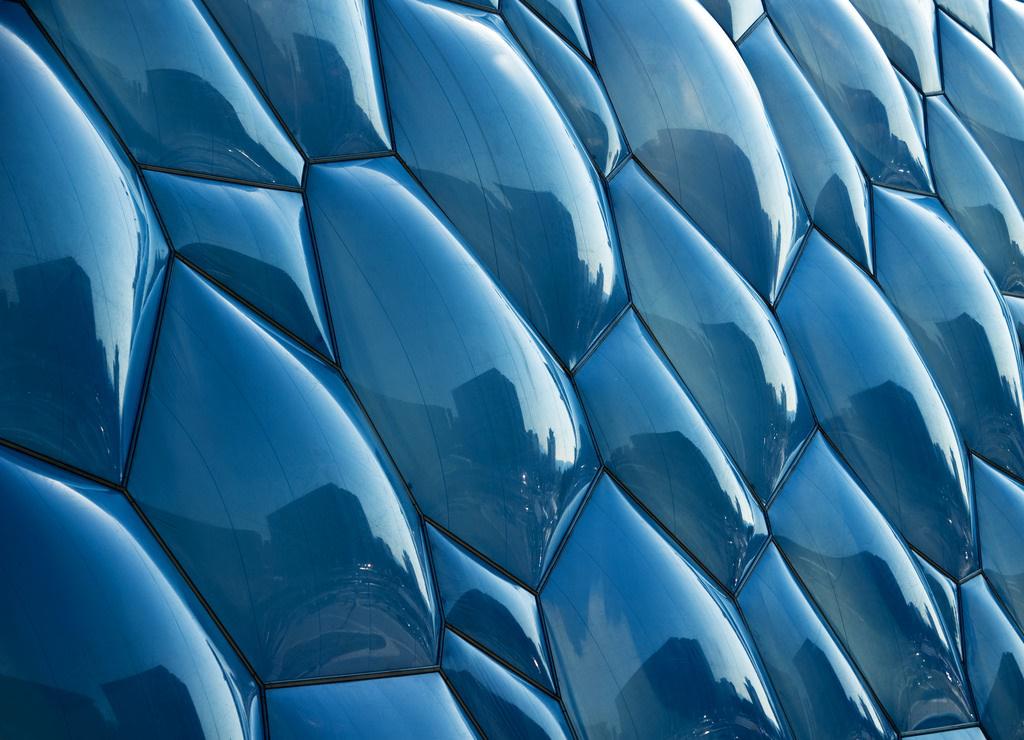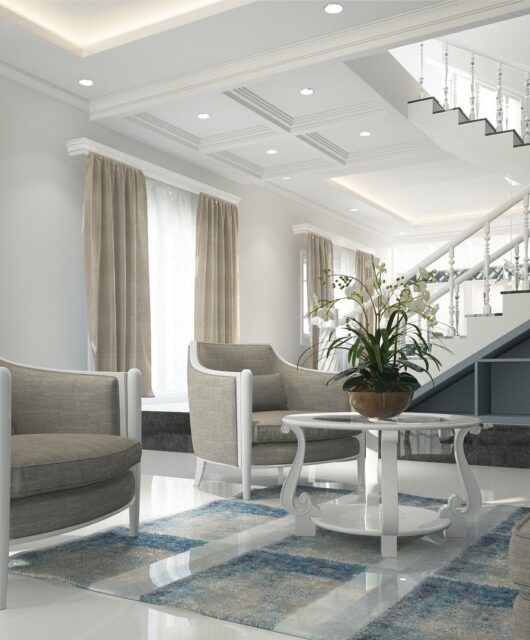Nature-Inspired Design: 10 Examples of Biomimicry
 Have you ever looked at a man-made structure that reminded you of something found in nature? If so, that probably wasn’t by accident, but by design. Biomimicry is an innovative approach to design that not only looks to mimic nature but also to create structures that are sustainable based on the best that our planet has to offer. Here are just ten glorious examples of biomimicry from around the globe.
Have you ever looked at a man-made structure that reminded you of something found in nature? If so, that probably wasn’t by accident, but by design. Biomimicry is an innovative approach to design that not only looks to mimic nature but also to create structures that are sustainable based on the best that our planet has to offer. Here are just ten glorious examples of biomimicry from around the globe.
1. Velcro. In 1941, Swiss engineer George de Mestral went hunting in the Alps and was dismayed to find his dog covered in burdock burrs. After placing one of these burrs under the microscope, he discovered the hook and fur design which he used to invent Velcro.
2. Bullet Train. Bullet trains are not only fast, efficient, and sleek, but some are also based on nature. Some bullet trains have used the kingfisher bird to solve the problem of a cracking sound that trains make when entering tunnels at high speeds. The bird’s large head and long-narrow beak inspired the design that eliminates the issue.
3. Nature’s Water Filter. In 2003, Johns Hopkins researcher Peter Agre won the Nobel Prize for his discovery of a membrane protein that permits water to pass through cell walls. From this breakthrough, Danish company Aquaporin has developed a new way to desalinate seawater.
4. eSkin. Jenny Sabin, an architecture professor and director of the Sabin Design Lab at Cornell, has studied ways to produce photoluminescent webs. Her eSkin project has the ability to change a material’s color and opacity in response to sunlight levels. Examples of this in nature include the feathers of hummingbirds and wings of certain butterflies.
5. Biomason. One unique field of biomimicry is to incorporate living material into designs, called bio-utilization. bioMASON is one example. This is a biological brick that is produced in greenhouse-like conditions with the goal of reducing carbon emissions. The good news is that the cost of these bricks is close to those of regular masonry materials.
6. Biomimetic Sharkskin. Ever wonder why sharks are such successful predators? While they have an acute sense of navigation and smell, they also have a revolutionary skin that reduces drag. Sharkskin is covered with layers of small teeth called “dermal denticles.” This technology has now been replicated for use on boats and competition swimwear.
7. Wind Turbines. Considering their size, humpback whales are surprisingly graceful swimmers. Researchers in Pennsylvania have discovered that, by adding rows of bumpy ridges similar to those found on these animals to turbine blades, the blades boost power by 20 percent and reduce noise.
8. Watercube. When China hosted the 2008 Summer Olympics in Beijing, one of the city’s architectural wonders was called the “Watercube,” which was a building based on the structure of soap bubbles. This made it not only beautiful but also resistant to earthquakes.
9. Spider Web Glass. Spider webs are pretty, unique, and strong. They are also reflective, which is an aspect that scientists are studying to implement in glass. These reflective qualities can save birds from accidentally flying into and breaking glass in structures.
10. Firefly Lightbulbs. Who doesn’t love fireflies and wonder how they generate their electricity? Scientists from Canada, France, and Belgium have not only studied the insects but have also built a light-emitting diode (LED) based on the same structure that increases brightness by 55 percent.
If it is surviving and thriving in nature, it is most likely an excellent design. Instead of re-inventing the proverbial wheel, these co-opted designs from nature create structure and systems that are beautiful, sustainable, and functional.









